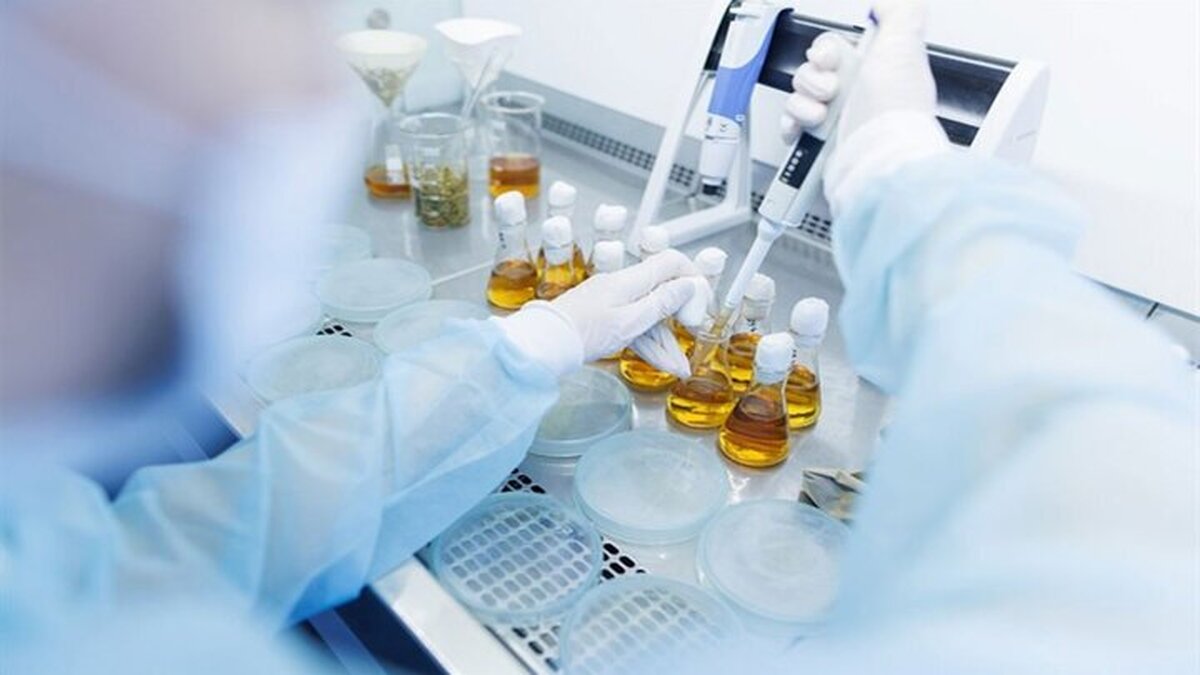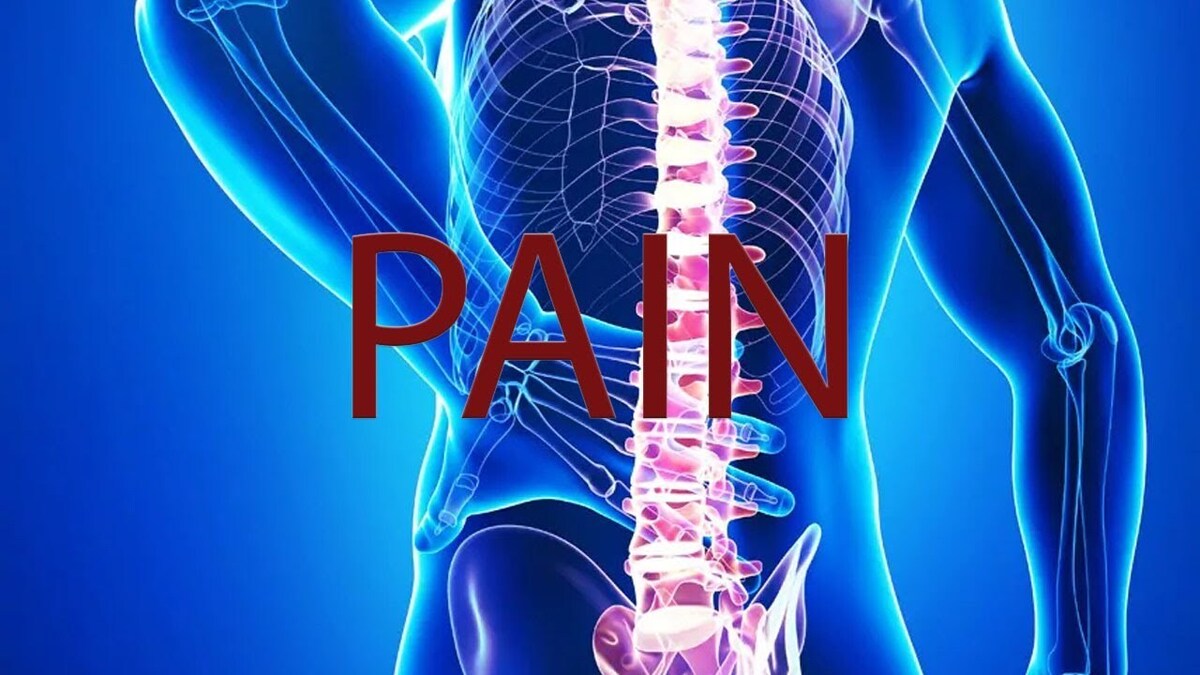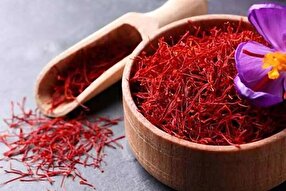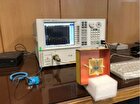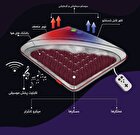Iranian Scientists Make Measurement Device for Muscle Pressure Pain Tolerance Threshold
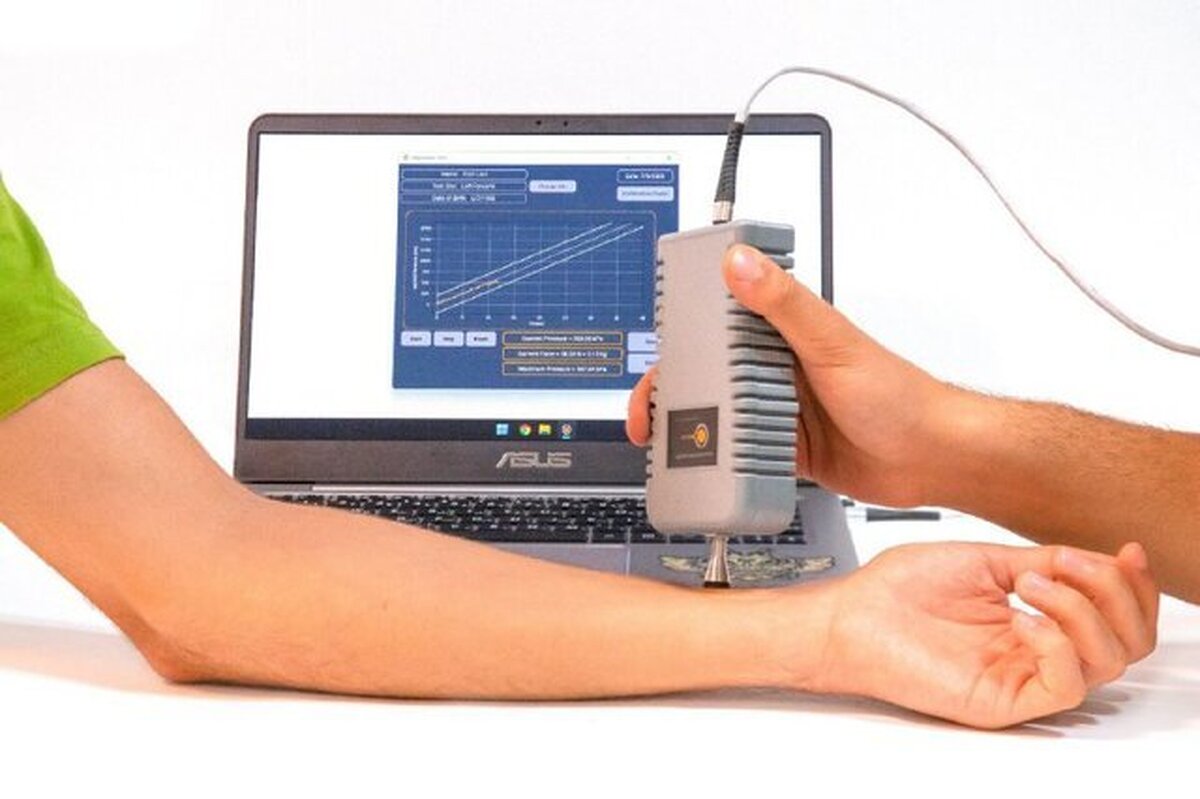
Ali Sediqi, the chief research officer of the project, described algometer as a device that fills an important gap in pain assessment methods by providing a tool to specialists and by increasing the accuracy of pain measurement, saying, “Using this device can lead to more accurate diagnosis and better treatment of diseases like fibromyalgia and myofascial pain.”
“Algometer is a valuable tool in various medical care environments, rehabilitation centers and research laboratories. The doctor applies pressure on the desired area of the patient's body using an algometer and gradually increases this pressure with the help of a user interface, and finally the maximum pressure tolerated by the patient is recorded as the pain threshold,” he added.
“Also, the complete information of the tests and data are collected by proprietary software designed for the device which can be used to monitor treatment progress, explore mechanisms of pain perception, and study individual differences,” Sediqi stated.
In a relevant development in September, Iranian researchers at a knowledge-based company used state-of-the-art technology to design and make a rehabilitation device for the joints and muscles which works actively and adaptively.
“We have built an active and adaptive joint and muscle rehabilitation device which has two canals of electrical stimulation with the ability to adjust the output current, calculate the torque of the patient's joint in active resistance and support movement, enjoys the ability to adjust the height and use it for all joints, and has an easy-to-use touch screen,” said Adel Parvizi Fard, the managing director of the knowledge-based company stationed at the Innovation Center of the Science and Technology Park of the Academic Center for Education, Culture and Research in Kermanshah.
Noting that the range of motion of the injured joint is improved with the help of this device, he said, “After the joint has recovered and its range of motion has returned to normal, the next step is to work on the patient's muscle, and adaptively, the amount of force that the muscle needs to apply to the joint in an isokinetic way.”
“Also, the axis in which the joint is placed is repaired with the help of this device; the affected joint moves in a reciprocating axis (to the extent that the patient is able to move),” Parvizi Fard stated.
“Actually, this device is like a multi-purpose physiotherapy device that we can adjust the opening and closing mode by controlling the electrical stimulation of the current and provide all of them as a complete package of rehabilitation services to the patient,” he underlined.
4155/v
